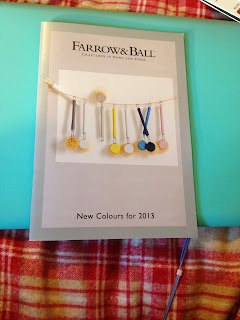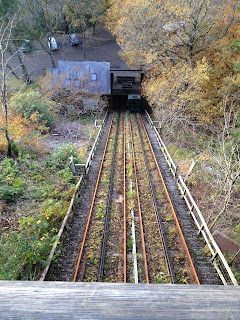As Jo put in his lecture for CAT, “These
things are complicated." He went on to say that choosing materials is not as easy as saying that steel, for example, is bad. You have to look at all aspects of that material and work out if it is indeed the best one for the job.
In Jo's presentation, we learned that aluminum used 170 mega jewels of energy to produce - an enormous amount. Cardboard uses 24.2 and plastic uses 90. Jo explained, “Generally
the more processing the material has, the more energy it takes.”
However, he also explained how production could differ depending on which country you are producing the metal in. For example, in Nigeria it takes 7.5 times as much energy than if you were to make a kilogram of steel in
the UK, as UK technology is more advanced. In China, it would take twice as much energy, yet in South Korea and Denmark, it would take half as much energy to create a kilogram than it would in Britain.
I researched further and it was revealed to me that aluminum is 100% recyclable. It can also be melted down and reformed without losing any quality and this process can be repeated again and again. In fact, recycling 1 ton of aluminum saves 9 tons of CO2 emissions. So although aluminum is actually one of the most costly (on the environment too) metals to produce, recycled aluminum is actually very good. Aluminum is a very versatile metal and very light (a third of steel's weight).
When researching into what materials would be good for paint containers, I came across the metal tinplate. This metal is resistant to different temperatures, impervious
to light, gas and diffusion, is strong and light and is good for protecting products. I came across the company Huber packaging and they use this metal in the packaging of their paints. For water-based products, they use cans that are lacquered on the inside. They explain, "The interior lacquer prevents the content from coming into direct contact with the tinplate and the welded seam is protected by a powder striping."
I also found that tinplate containers are reusable. In fact, they are endlessly recyclable. They do not degrade each time they are recycled like glass, paper and plastic. Another benefit of using tinplate is a reduced Carbon footprint and a saving of approximately 75% of energy consumption. I think this is a metal I would definitely consider using when designing my packaging.






















